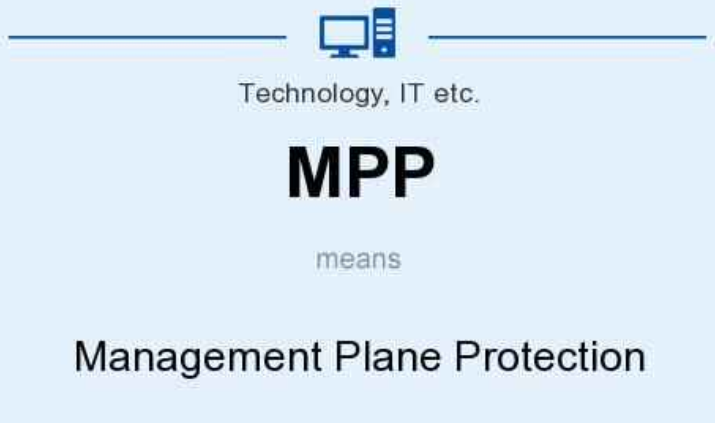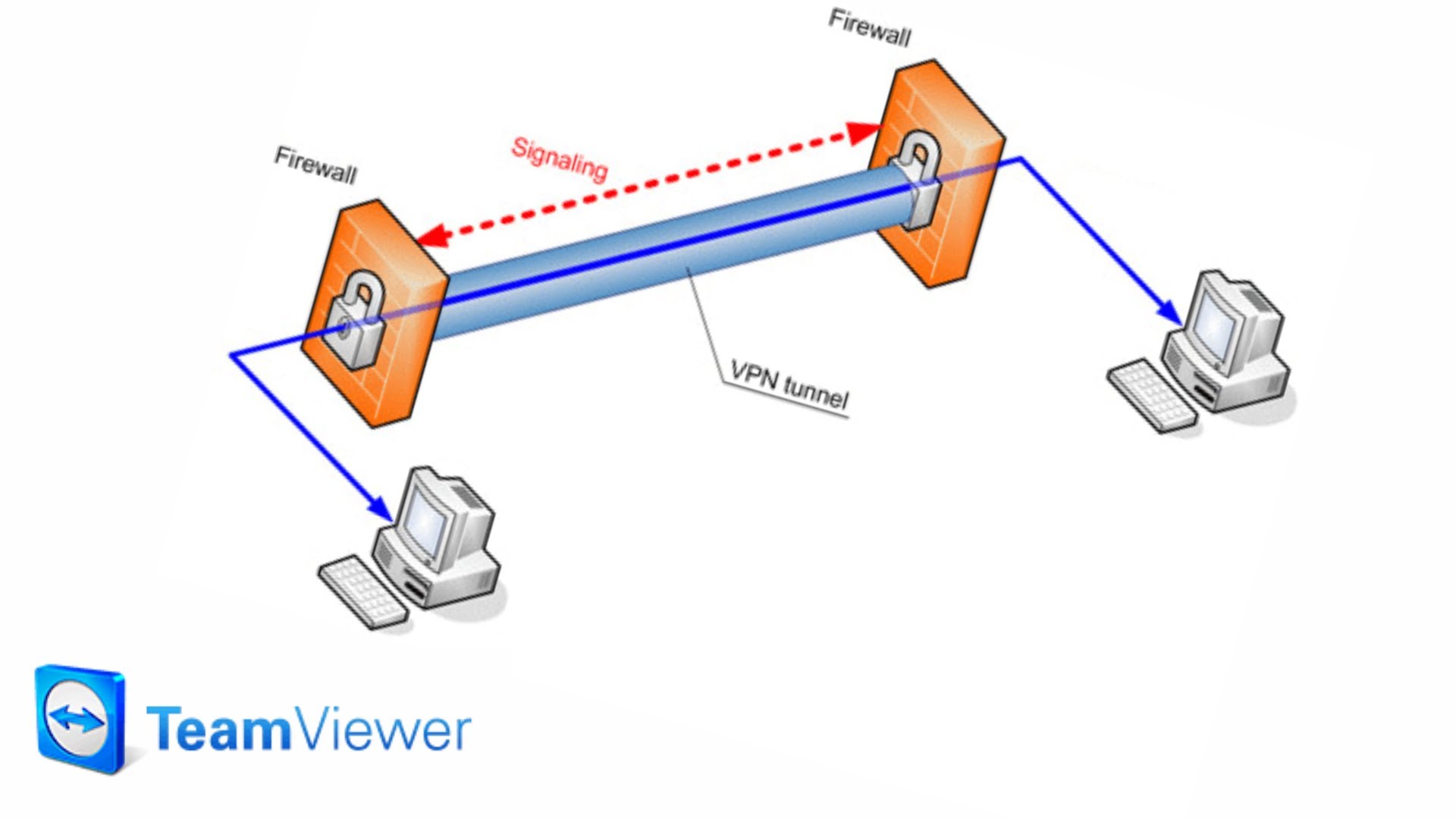Cisco Discovery Protocol | LLDP | Protocol Operation |
Yes0100.0ccc.ccccc000.0800.0000 for 802.5 | Yes01-80-C2-00-00-0E | Use of multicast address |
Cisco Discovery Protocol uses IEEE 802.2 and 802.3 encapsulation only. | LLDP has a dedicated ethertype: 88-CC. | Ethertype |
AA-AA-03-00-00-0C-20-00 | AA-AA-03-00-00-00-88-CC | Subnetwork Access Protocol (SNAP) value |
Yes | Yes | Token Ring support |
Yes | Yes | Fiber Distributed Data Interface (FDDI) support |
Yes | Yes | Ethernet support |
Yes | No (not formalized) | ATM support |
Yes | No (not formalized) | Frame Relay support |
Yes | No | Checksum support |
Yes | Yes | Fast Start support |
Network-endpointNetwork-networkThere is no difference in protocol operation, although of course different device types may transmit different TLVs. | LDDP-MED is used only between network devices (such as switches) and endpoint devices (such as phones). | Protocol uses |
CISCO-CDP-MIB | LLDP-EXT-MED-MIBThis MIB includes the following:Topology change notificationLLDP-MED configurationLocal device informationRemote device information | MIB support |
Yes | Yes | Topology change notification-Sends a notification if a device is added or removed |
The switch does not accept or send Cisco Discovery Protocol packets until after
authentication occurs. | The switch does not accept or send LLDP-MED packets until after authentication occurs. | Standard 802.1x interaction |
Default 60 seconds(configurable) | Default 30 seconds(configurable) | Advertising frequency (time between
protocol frames) |
No | Yes | Transmit frame on local MIB change-If one of the settings in the local MIB changes |
Accept (all Cisco equipment supports Cisco Discovery Protocol); note, of course, that if
Cisco Discovery Protocol is disabled then these
are dropped | Accept, depending on products, the timeframe,
and configuration; LLDP-MED is not planned for introduction on all existing endpoint products,
and the rollout schedule may vary from product
to product | Cisco device action on receiving an LLDP-MED or Cisco Discovery Protocol frame |
Most switches ignore the Cisco Discovery Protocol messages but forward them. | Accept, depending on their support for LLD-MED and configuration | Third-party device action on receiving an LLDP-MED or Cisco Discovery Protocol |
Yes | Yes | Discovers Cisco devices |
No | Yes | Discovers third-party devices |
TLVs are grouped into three groups, minimum, standard, and maximum. Global settings and port settings can define which group to use. Configuration of which TLVs are in the standard and maximum groups is supported. | TLV selection is supported for optional TLVs. | Support for TLV selection in transmission-Provides the ability to specify which TLVs are to be included in the outgoing frames |
 مدونة NetworkSet مدونة تختص بأمور الشبكات والأجهزة التى تدعمها
مدونة NetworkSet مدونة تختص بأمور الشبكات والأجهزة التى تدعمها 









مشكور عالمعلومات الرائعة
الله يجزيك الخير
جزاك الله كل خير 😀
الله يعطيك العافيه على هذه المدونه انا احد اصدقائى حكى لى عنها بالامس وهى رائه جدا والله يجزاك كل خير
السلام عليكم ورحمة الله وبركاته
الذي لفت انتباهي أخ أيمن ف الجدول هو انه في آخر حقل في صورة ال frame البروتوكول وجد أن البروتوكول يدعم ال fcs والذي أعلمه أن ال check sum هو أحد الوسائل التي يتم بها التأكد من صحة وصول البيانات وهي مثلها مثل ال fcs تماما ربما تكون هي طريقة ابسط لكنها ف النهاية وسيلة للتأكد من صحة البيانات
فكيف ف الجدول موجود أن البروتوكول لا يدعم ال check sum